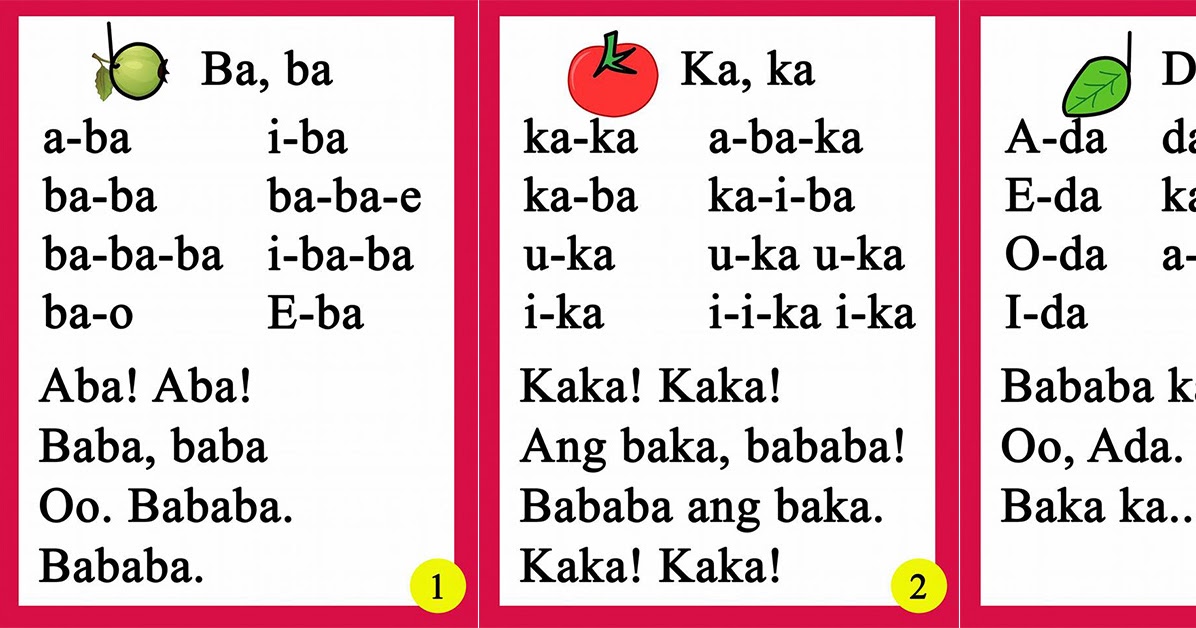



Proper assessment and counselling also boosted his interest in reading and follow up at home. Reading materials with pictures also helped him to recognize words. During reading remediation with the help of his classmates the respondent was able to recognize the letter of the alphabet and eventually recognized simple words in Filipino. MARUNGKO Approach, teaching reading through recognition of sound was used to the respondent.

The respondent also revealed that he felt uncomfortable if the one teaching him reading is a girl or teacher so the researcher conducted a capacity building for the class, the boys who belonged to the top performing pupils were taught by the teacher/researcher so that they will know the sounds of letter that they are going to teach to the respondent. Although his mother was aware that he cannot read she wasn't bothered because of her misconception that the K12 program has a mass promotion. He was always absent because he was forced to go on the farm to weed grass for additional fees to his family. Poverty is another contributing factor and the inferiority complex of the respondent was also considered because of the family situation who just lived in a Nipa Hut as tenants. He was not properly guided at home since there were no reading materials. The findings revealed that the respondent was still at the beginning reading despite his age. To further assess the reading difficulty of the subject DOLCH basic sight words in Filipino was used. To identify the pupil's reading interest, Garfield Reading Attitude Survey was used and to get the reading level Phil-IRI Standard Tool was used. The teacher used the Phil-IRI (Philippine Informal Reading Inventory) results, academic records of a pupil, interview with pupil, parents and former teachers. This study used a qualitative method of research. The program also developed comprehension on the reading of Filipino words and phrases which included phonics, syntax, syllabication and learning sight vocabulary. It aimed to develop decoding and word recognition in Filipino texts and automaticity in reading Filipino texts. This study addressed the reading program of Department of Education, DEAR (Drop Everything andRead) and ECARP (Each Child A Reader Program). After the Phil-IRI assessment it was found out that he can recognize only letter A. The focused of this study is a grade V transferee in our school. Intervention, Reader, Struggling, Program Abstract


 0 kommentar(er)
0 kommentar(er)
